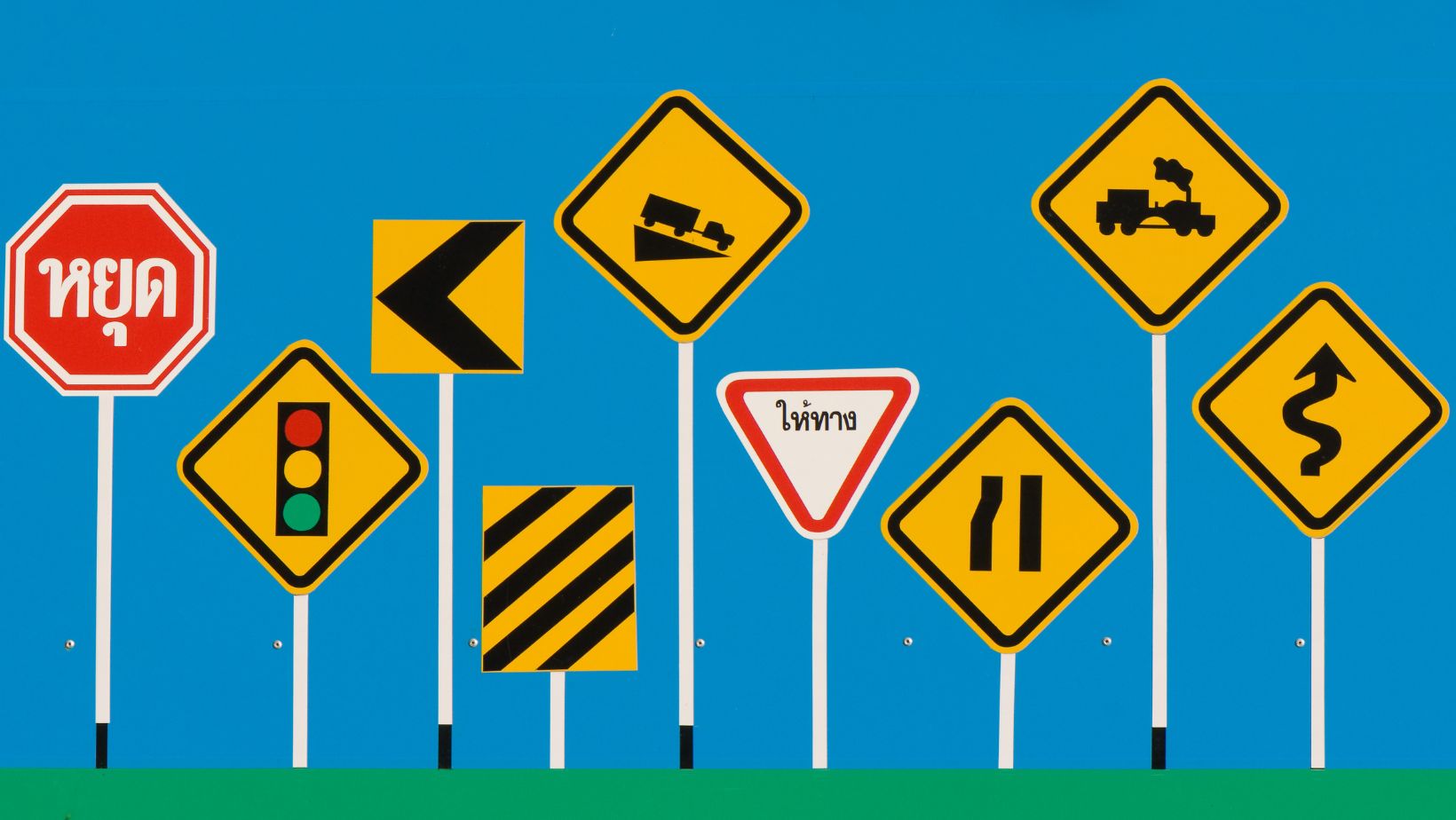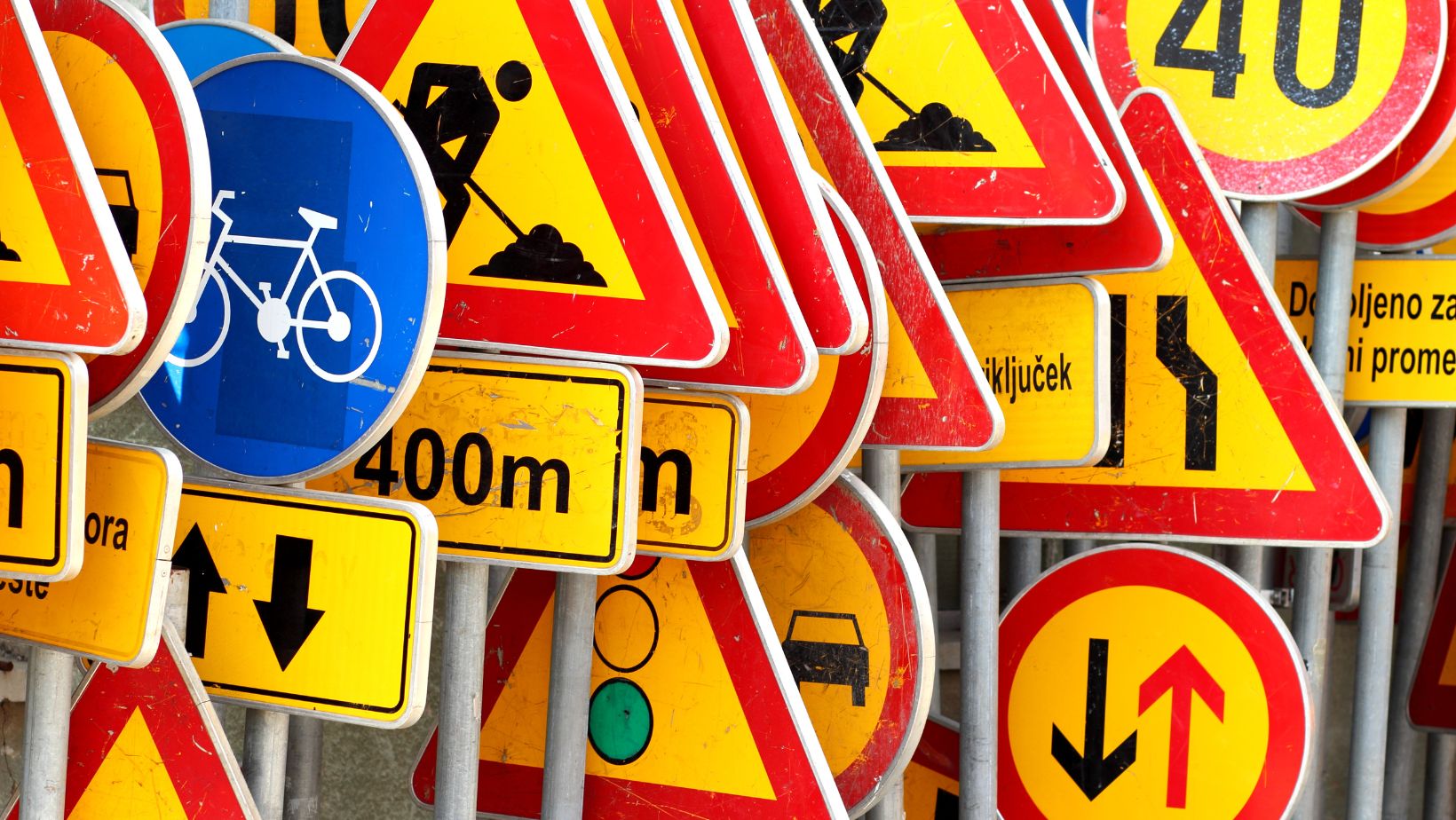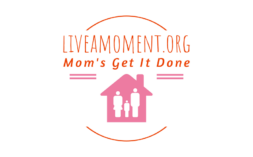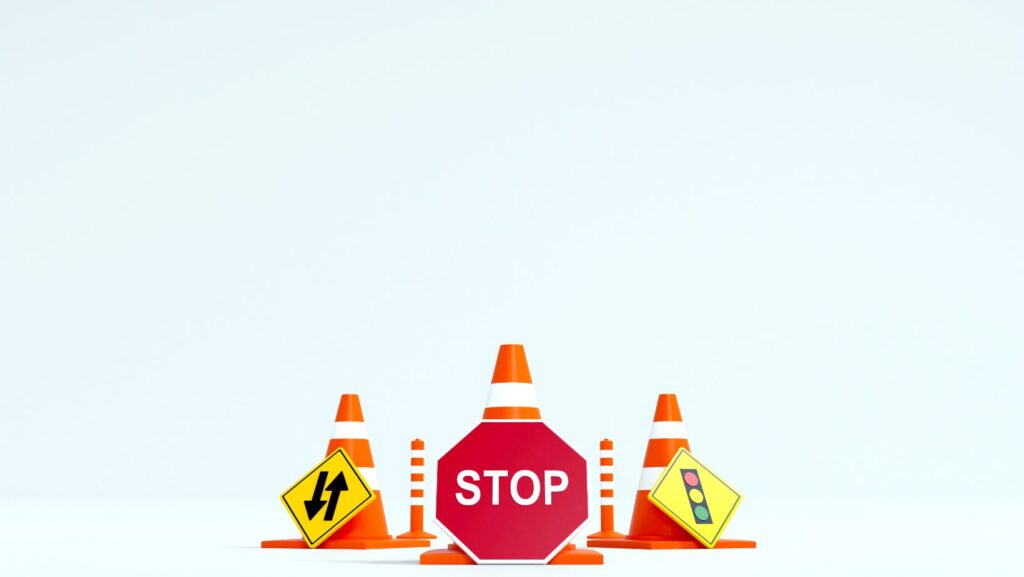The combination of tourist-heavy areas, unique road designs, and Nevada-specific regulations creates a perfect storm for traffic violations. Las Vegas attracts millions of visitors each year, but not all Las Vegas traffic laws are straightforward, some surprise even long-time locals who think they know the rules.
Tourists often get ticketed for rules they didn’t know existed, from U-turn restrictions near casinos to unusual right-of-way scenarios at busy intersections. These tickets can ruin vacations and cost hundreds in fines, especially when rental car companies add processing fees on top of citation costs.
Understanding these confusing laws helps drivers navigate Sin City safely while avoiding expensive tickets that can turn fun trips into financial headaches. Smart drivers learn the local quirks before hitting the Strip or downtown areas where enforcement is heaviest.
Unusual Right-of-Way Rules
Las Vegas intersections often have non-standard right-of-way rules that confuse drivers from other cities, especially around major casino entrances and tourist areas. The famous “Vegas left” involves yielding to oncoming traffic even when you have a green arrow, which trips up visitors expecting standard traffic light behavior.
Pedestrians get unusual priority at crosswalks near major attractions, with drivers required to yield even when pedestrians appear to be jaywalking. This rule protects tourists who aren’t familiar with local traffic patterns but catches drivers off guard who assume normal pedestrian laws apply everywhere.
Casino valet areas create unique right-of-way situations where private property rules mix with public street regulations. Drivers entering or leaving casino driveways must yield to pedestrians on sidewalks, but the transition zones between public streets and private property often confuse both locals and visitors.
Roundabouts scattered throughout the valley follow European-style rules that many American drivers haven’t mastered, leading to confusion about yielding and lane changes. These traffic circles work well when everyone understands the rules but create dangerous situations when drivers improvise their own interpretations.
Left Turns and U-Turn Restrictions
U-turns are prohibited at most Strip intersections and many downtown locations, but the signage isn’t always obvious to drivers focused on heavy traffic and bright lights. These restrictions help manage traffic flow in high-congestion areas but catch drivers who assume U-turns are legal unless specifically prohibited. 
Left turn restrictions during certain hours affect major arterial roads throughout the valley, with violations carrying hefty fines during peak traffic times. Rush hour restrictions help traffic flow but create traps for drivers who don’t notice the small signs indicating time-specific rules.
Red light cameras at major intersections catch drivers making rolling right turns or entering intersections after lights change. These automated enforcement systems generate tickets that arrive weeks later, often surprising drivers who thought they navigated intersections legally.
Protected left turn phases don’t always follow standard timing patterns, with some intersections having unusually short green arrow phases that catch drivers in the middle of intersections. Learning these timing quirks helps avoid getting stuck in intersections when lights change unexpectedly.
Pedestrian-Centered Rules Unique to Las Vegas
Jaywalking enforcement varies dramatically depending on location, with tourist areas getting much stricter enforcement than residential neighborhoods. The Strip and Fremont Street have elevated penalties for pedestrian violations because of the high accident rates in these areas.
Crosswalk buttons at many intersections are decorative only, with lights operating on fixed timers regardless of pedestrian activity. This system confuses visitors who expect button presses to actually change signal timing, leading to impatient crossing attempts against traffic.
Pedestrian bridges and tunnels are mandatory crossing points at certain Strip locations, with jaywalking tickets issued to people who cross at street level instead. These structures keep pedestrians safe from heavy traffic but aren’t always obvious to visitors focused on reaching their destinations quickly.
Alcohol-related pedestrian laws include enhanced penalties for intoxicated individuals who cause traffic problems or endanger themselves through poor crossing decisions. These rules recognize that impaired pedestrians create safety hazards but often surprise visitors who don’t expect pedestrian-specific alcohol violations.
Parking and Stop Sign Traps
Parking time limits in tourist areas are strictly enforced with expensive tickets that add up quickly for visitors who don’t understand the complex zone systems. Different areas have different time limits and payment methods, creating confusion that costs tourists hundreds in unnecessary fines.
Stop sign locations at unusual places like casino entrances and shopping center exits catch drivers who don’t expect full stops in what appear to be minor intersections. These signs are legally required but positioned in ways that feel excessive to drivers from other cities.
Valet zones and loading areas have strict time limits and hefty fines for unauthorized parking, even brief stops to drop off passengers. These restrictions help manage traffic flow in busy areas but surprise drivers who assume quick stops are acceptable.
Residential parking permits in popular neighborhoods restrict visitor parking to protect residents from tourist overflow. These permit systems aren’t always clearly marked, leading to tickets for drivers who thought they found free parking in residential areas.
Conclusion
Las Vegas traffic laws include unique quirks that reflect the city’s tourism-heavy economy and unusual urban design challenges. These rules make sense for managing millions of visitors annually but can surprise drivers expecting standard traffic regulations found in other cities.
Understanding local traffic peculiarities helps both residents and visitors avoid expensive tickets while staying safe in high-traffic tourist areas. The key is recognizing that Las Vegas has evolved its own solutions to unique traffic management challenges that don’t exist in typical American cities.
Awareness of these confusing laws protects drivers from costly violations while contributing to safer streets for everyone navigating this entertainment destination. Smart drivers learn the local rules before exploring the city rather than learning through expensive traffic citations.


